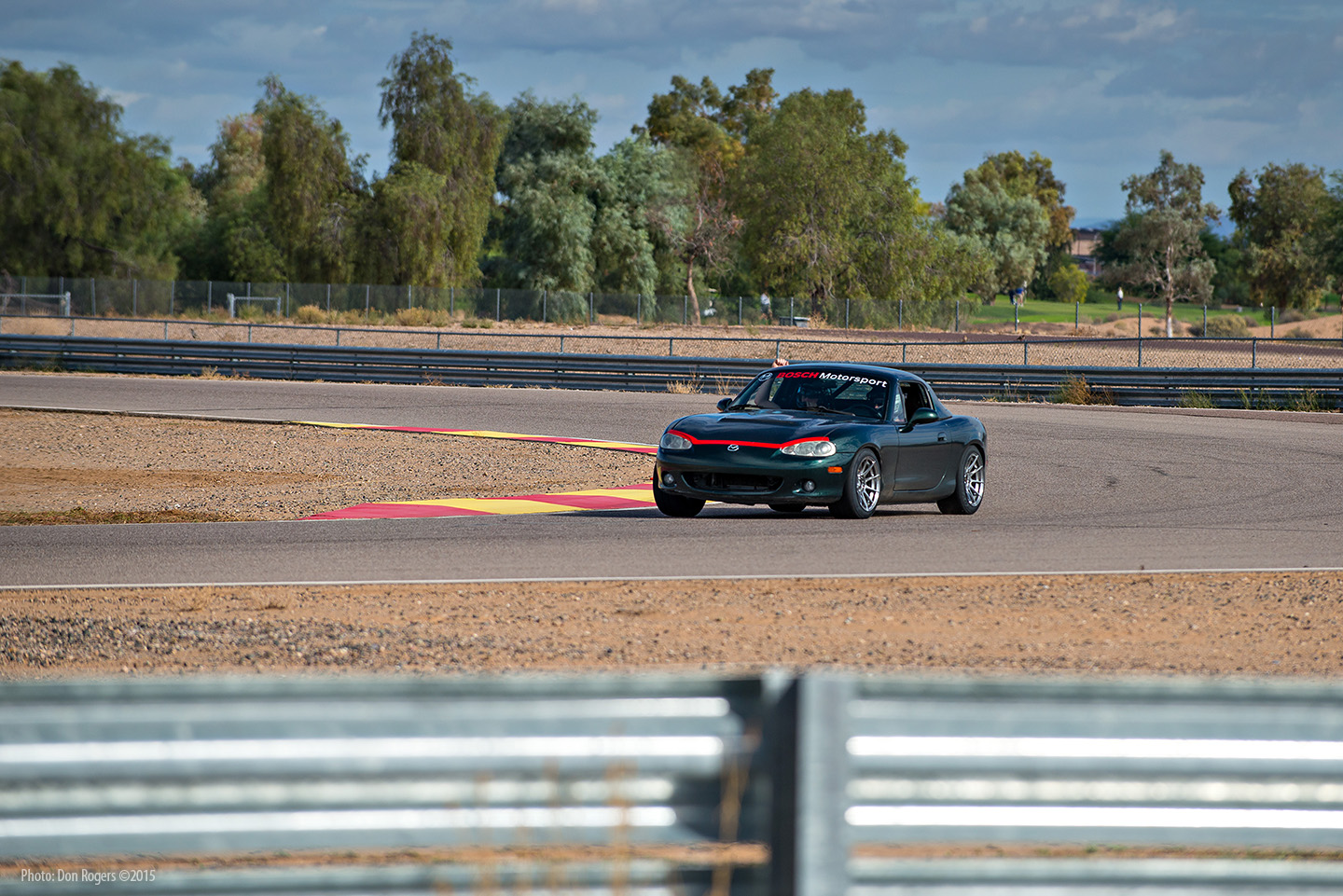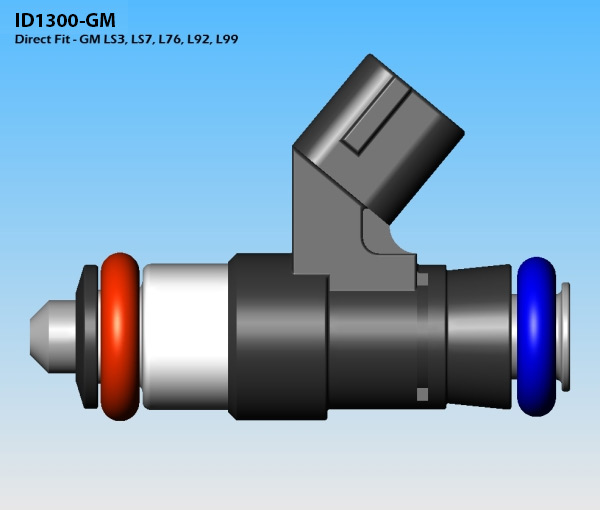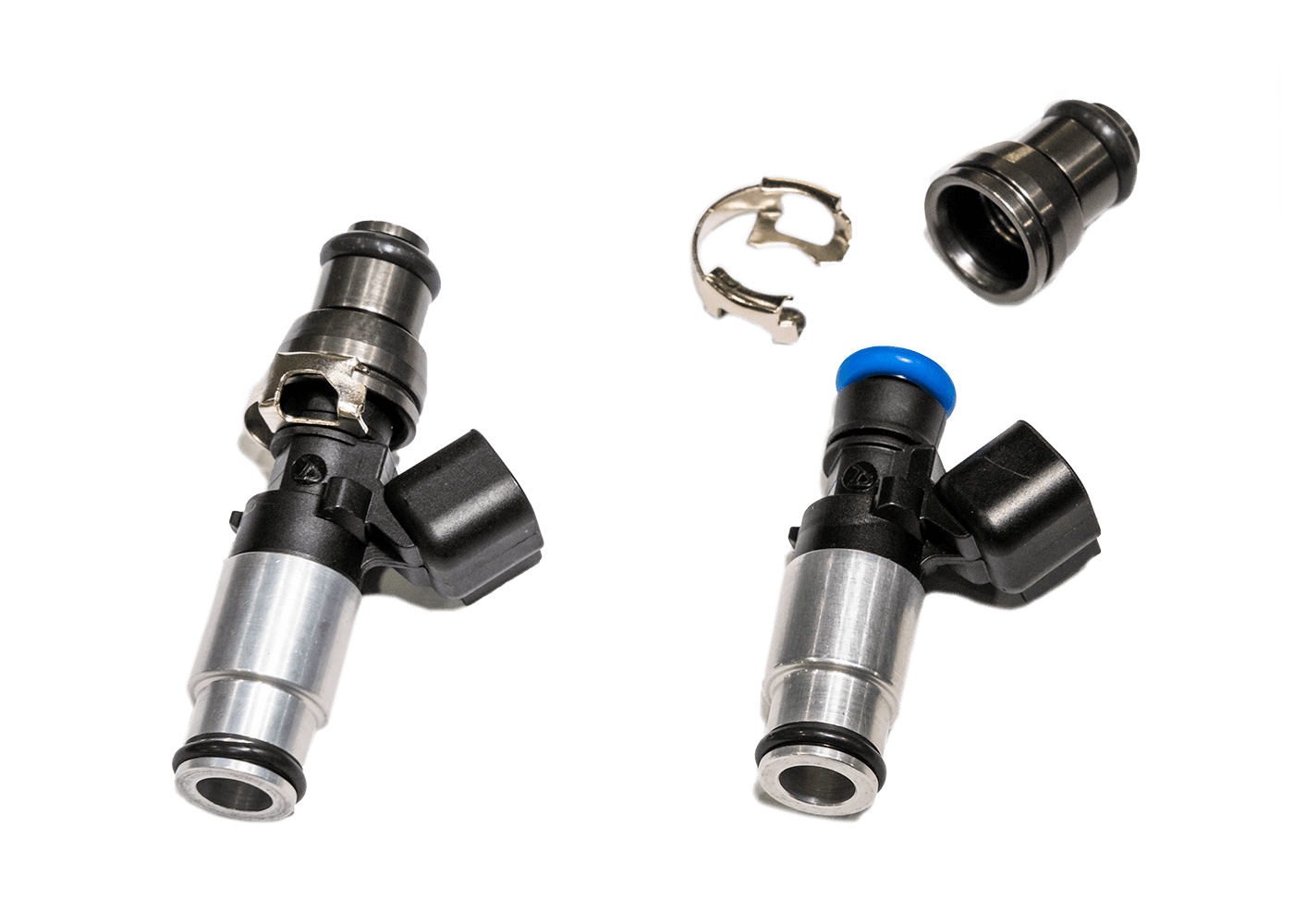

Within high pressure injection equipment while considering theĮffects of liquid compressibility. The paper addresses aspects of modeling cavitating flows Therefore each component will undergo mass transfer at Injectedįuel is a mixture of two components (e.g. To account for transient effects due to moving parts. Moving needle (or plunger) is thereby considered The commercial Computational Fluid Dynamics (CFD) codeĪVL FIRE® to predict the cavitating injector flowĪccounting for cavitation mass transfer for changeable volume The paper focuses on gasoline/ethanol mixture.īased on a numerical experiment it illustrates the capability of Mixture formation and finally combustion inside internalĬombustion engines, regardless of Multi Component Mixture Injection equipment stays of course unchanged regardless of Mixed with different bio-diesel fractions. Gasolineįuel can be mixed with ethanol, whereas diesel fuel can be

Geographical fuel availability and motorization type. The type ofĬomponents which are to be mixed depends on local Supplies of fossil fuels, mixing of different fuel components Promising design type for application in direct fuel injection inĪutomotive petrol engines. Fuel injection quality is one of the most importantįactors, which directly affect general engine requirements likeįuel mass flow, spray penetration and atomization for theĬombustion process. Maintaining low emissions, decreasing fuelĬonsumption and keeping driving performance are keyĬhallenges. Direct injection spark ignitedĮngine has been one of the most investigated designs forĪchieving lower fuel consumption and for increasing the Also, erosion model predicts more intensive MDPR value near narrow channel exit.ĭirect injection of gasoline fuel has been gaining onĪpplicability in recent years. When comparing simulation results and physical properties of observed fuels, it can be concluded that density is a leading term in determining mass flow rate. Nozzles in which less cavitation occured, achieved higher mass flow rates for same boundary conditions. When designing fuel nozzles, cavitation and cavitation erosion should always be considered. Contrary to DME, FAME fuel showed highest mass flow rate despite lowest velocity. When comparing three observed fuels, it was noticed that DME fuel usually had highest velocity, but lowest mass flow rate.

Mass flow in channel type I was lower than one in channel type Y. Simulation results showed that cavitation was present in almost all cases and that clear difference between three observed fuels can be seen. Nozzle model consists of narrow channel with sharp (type I) or rounded (type Y) inlet section, with or without downstream placed target, so there was a total of four different model geometries. nozzle model narrow channel height and erosion MDPR. Analysis criteria were: phase volume fraction distribution due to cavitation, mass flow rate, absolute velocity profile vs. Driving force for fluid flow is static pressure difference between inlet and outlet. In this work multi phase flow and erosion analysis were done via simulations in AVL's Workflow Manager with FIRE Solver CFD application, for standard diesel and two alternative biofuels, FAME and DME, inside different nozzle models and with various boundary conditions.


 0 kommentar(er)
0 kommentar(er)
